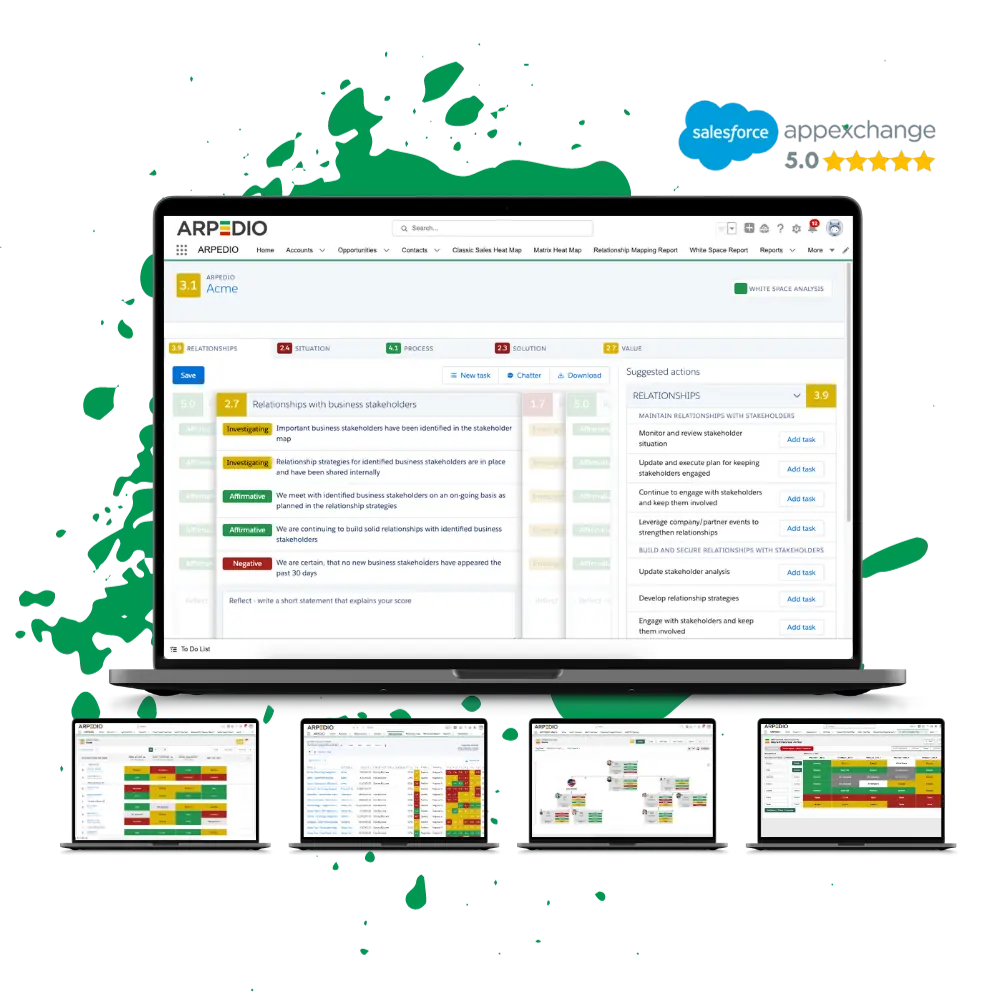In the ever-evolving landscape of sales and marketing, one term that has been gaining significant traction is “product-led sales.” This approach represents a fundamental shift in how businesses engage with their customers, placing the product itself at the forefront of the sales process. But what exactly does it entail, and how does it differ from traditional sales models?
What are Product-Led Sales?
Product-led sales is a strategy where the product itself serves as the primary driver of customer acquisition, conversion, and retention. Unlike traditional sales methods that heavily rely on direct sales efforts, cold calling, and extensive marketing campaigns, product-led sales prioritizes the product’s inherent value and utility to attract and retain customers.
In essence, rather than relying solely on persuasive sales pitches or aggressive marketing tactics, businesses leverage the quality, usability, and effectiveness of their product to drive sales and foster customer loyalty.
Differentiating from Traditional Sales Models
The traditional sales approach typically revolves around a sales team actively reaching out to potential customers, identifying their needs, and persuading them to make a purchase. While this method can be effective, it often requires substantial resources and may not always align with the preferences and behaviors of modern consumers.
In contrast, product-led sales flips this paradigm by allowing the product itself to do much of the selling. By offering a compelling product experience, businesses can attract prospects, demonstrate value, and facilitate self-service purchasing decisions without the need for extensive sales efforts.
The Rise of Product-Led Growth (PLG) and its Impact on Sales
Product-led growth (PLG) is a broader strategy that encompasses product-led sales as one of its key components. PLG focuses on leveraging the product as a primary driver of customer acquisition, retention, and expansion, with the goal of fostering organic growth through positive user experiences and viral adoption.
In recent years, the PLG approach has gained widespread attention and adoption, particularly among software-as-a-service (SaaS) companies and digital products. Its emphasis on user-centricity, frictionless onboarding, and iterative product improvements has reshaped the way businesses approach sales and customer engagement.
As a result, product-led sales has emerged as a compelling alternative to traditional sales models, offering businesses a more efficient, customer-centric approach to driving revenue and growth in today’s competitive market landscape.
Benefits of Product-Led Sales
In adopting a product-led sales approach, businesses stand to gain a multitude of benefits that can significantly impact their bottom line and long-term success. Let’s delve into some of the key advantages:
Enhanced User Experience
At the heart of product-led sales is a relentless focus on delivering an exceptional user experience. By prioritizing usability, intuitiveness, and value within the product itself, businesses can create a seamless and enjoyable experience for their customers. This emphasis on user-centric design not only fosters satisfaction and loyalty but also encourages positive word-of-mouth referrals and organic growth.
Increased Customer Engagement and Loyalty
Product-led sales inherently encourages deeper engagement with the product by allowing users to explore its features, functionality, and benefits at their own pace. This hands-on interaction fosters a sense of ownership and investment in the product, leading to greater customer loyalty and retention over time. Additionally, regular updates, personalized recommendations, and responsive customer support further strengthen the bond between customers and the brand, driving long-term value and advocacy.
Higher Conversion Rates
By enabling users to experience the value of the product firsthand through free trials, demos, or freemium offerings, product-led sales can significantly increase conversion rates. When prospects can see the tangible benefits and outcomes that the product delivers, they are more likely to convert into paying customers. Moreover, the self-service nature of product-led sales streamlines the purchasing process, reducing friction and eliminating barriers to conversion, further boosting conversion rates and sales velocity.
Lower Customer Acquisition Costs
One of the most compelling aspects of product-led sales is its ability to lower customer acquisition costs (CAC) compared to traditional sales models. By leveraging the product itself as a powerful marketing and sales tool, businesses can attract and convert customers more efficiently and cost-effectively. With fewer resources allocated to outbound marketing campaigns, cold outreach, and sales personnel, businesses can achieve higher returns on investment and allocate their resources more strategically to fuel sustainable growth.
In summary, product-led sales offers a multitude of benefits, including enhanced user experiences, increased customer engagement and loyalty, higher conversion rates, and lower customer acquisition costs. By embracing this customer-centric approach, businesses can unlock new opportunities for growth, differentiation, and competitive advantage in today’s dynamic marketplace.
What is a Product-Led Approach?
A product-led approach is a sales and marketing strategy that prioritizes the product itself as the primary driver of customer acquisition, retention, and expansion. In essence, it revolves around the idea of letting the product speak for itself by delivering a seamless and valuable user experience that encourages adoption and usage.
Key characteristics of a product-led approach include:
Self-service Onboarding: Users are able to sign up, onboard, and start using the product with minimal friction and without the need for extensive handholding or assistance.
Free Trials and Freemium Models: Offering free trials or freemium versions of the product allows users to experience its value firsthand before committing to a purchase.
In-Product Education and Support: Providing educational resources, tutorials, and in-product support features helps users understand the product’s capabilities and how to maximize its benefits.
Iterative Product Improvements: Continuous iteration and improvement based on user feedback and data insights ensure that the product remains relevant, competitive, and aligned with customer needs and preferences.
What is the Difference Between Product-Led and Revenue-Led?
While both product-led and revenue-led approaches aim to drive sales and revenue growth, they differ in their underlying philosophies and methodologies.
Product-Led Approach: Focuses on delivering value and fostering user engagement through the product itself, often offering free trials, freemium versions, and self-service onboarding experiences. Revenue growth is driven by converting satisfied users into paying customers over time.
Revenue-Led Approach: Prioritizes immediate revenue generation through direct sales efforts, aggressive marketing campaigns, and pricing strategies. While revenue-led approaches may also focus on delivering value, the primary goal is to maximize revenue from existing customers and acquire new customers through targeted sales and marketing initiatives.
In essence, product-led approaches prioritize user experience and product adoption as the key drivers of revenue growth, while revenue-led approaches prioritize immediate revenue generation through sales and marketing activities.
How Do You Transition from Sales-Led to Product-Led?
Transitioning from a sales-led to a product-led approach requires a strategic shift in mindset, processes, and organizational culture. Here are some steps to facilitate this transition:
Embrace Customer-Centricity: Shift the focus from sales targets to customer needs and preferences, prioritizing user experience and satisfaction.
Invest in Product Development: Allocate resources towards enhancing product usability, features, and value proposition to attract and retain customers.
Implement Free Trials or Freemium Models: Offer prospects the opportunity to experience the product firsthand before making a purchasing decision, allowing them to see its value and benefits.
Optimize Onboarding and User Education: Streamline the onboarding process and provide comprehensive resources and support to help users understand and maximize the product’s capabilities.
Leverage Data and Analytics: Utilize data insights to identify user behavior patterns, pain points, and opportunities for improvement, guiding iterative product development and optimization efforts.
Cultivate a Product-Led Culture: Foster a culture of innovation, experimentation, and continuous improvement, where all team members are aligned around the goal of delivering exceptional product experiences.
By embracing these steps and gradually transitioning towards a product-led approach, businesses can unlock new opportunities for growth, differentiation, and customer success in today’s competitive marketplace.
Challenges and Solutions
Transitioning to a product-led sales approach comes with its own set of challenges, but with careful planning and strategic implementation, these obstacles can be overcome. Let’s explore some common challenges and effective solutions:
Overcoming Resistance from Traditional Sales Teams
Challenge: Traditional sales teams may resist the shift towards a product-led approach, viewing it as a threat to their established sales processes and roles.
Solution:
- Education and Training: Provide comprehensive training and education to sales teams about the benefits and rationale behind the transition. Highlight how a product-led approach can complement their efforts and drive greater success.
- Incentivization: Align incentives and performance metrics to encourage sales teams to embrace and support the product-led strategy. Recognize and reward individuals who adapt successfully to the new approach.
- Collaboration: Foster collaboration between sales and product teams to ensure alignment and mutual support. Encourage open communication and feedback channels to address concerns and identify opportunities for improvement.
Addressing Scalability Issues
Challenge: As customer acquisition and user adoption increase, businesses may encounter scalability challenges in terms of infrastructure, resources, and support.
Solution:
- Automated Processes: Implement automated onboarding, support, and communication processes to handle growing user volumes efficiently. Leverage technology solutions such as chatbots, self-service portals, and automation tools to streamline workflows and reduce manual intervention.
- Scalable Infrastructure: Invest in scalable infrastructure to accommodate increasing user demand and traffic spikes. Continuously monitor and optimize system performance to ensure reliability and responsiveness.
- Scalable Support Models: Adopt scalable support models such as community forums, knowledge bases, and peer-to-peer support networks to empower users to help each other and reduce the burden on support teams.
Managing User Expectations and Minimizing Churn
Challenge: Maintaining high levels of user satisfaction and minimizing churn is critical for long-term success, but it can be challenging to meet and exceed evolving user expectations.
Solution:
- Proactive Communication: Keep users informed and engaged through proactive communication channels such as email newsletters, product updates, and in-app notifications. Set clear expectations regarding product features, updates, and support availability.
- Feedback and Iteration: Encourage users to provide feedback and suggestions for improvement, and actively incorporate this feedback into product development cycles. Demonstrate responsiveness to user needs and preferences by regularly releasing updates and enhancements.
- Customer Success Initiatives: Implement customer success initiatives aimed at maximizing the value users derive from the product and ensuring their long-term success. Offer personalized assistance, training resources, and success metrics to help users achieve their desired outcomes.
By addressing these challenges head-on and implementing effective solutions, businesses can successfully navigate the transition to a product-led sales approach and unlock sustainable growth and success in the modern marketplace.
Conclusion
In conclusion, embracing a product-led sales approach represents a fundamental shift in how businesses engage with their customers and drive revenue growth. By prioritizing the product itself as the primary driver of customer acquisition, retention, and expansion, businesses can unlock a myriad of benefits, including enhanced user experiences, increased customer engagement and loyalty, higher conversion rates, and lower customer acquisition costs.
As the marketplace continues to evolve and become increasingly competitive, adopting a product-led strategy is no longer just an option but a necessity for businesses looking to thrive in the digital age. By leveraging the inherent value and utility of their products, businesses can differentiate themselves, drive sustainable growth, and create lasting relationships with their customers.
However, transitioning to a product-led approach is not without its challenges. From overcoming resistance from traditional sales teams to addressing scalability issues and managing user expectations, businesses must navigate various obstacles along the way. Nevertheless, with careful planning, strategic implementation, and a commitment to customer-centricity, these challenges can be overcome, and businesses can reap the rewards of a product-led sales strategy.
In the ever-changing landscape of sales and marketing, one thing remains constant: the importance of delivering value and exceptional experiences to customers. By embracing a product-led approach, businesses can do just that, setting themselves apart from the competition and positioning themselves for long-term success in today’s dynamic marketplace. So, let’s embrace the power of product-led sales and unlock new opportunities for growth, innovation, and customer satisfaction.












